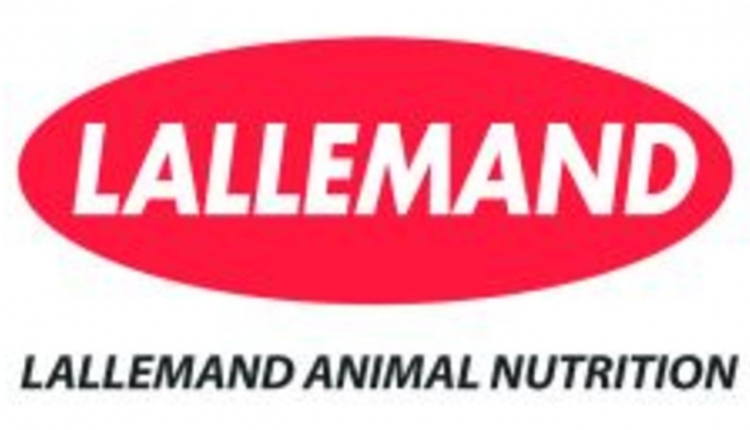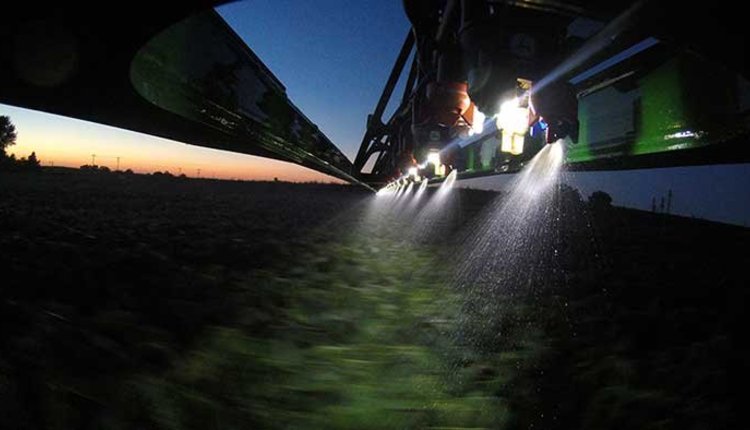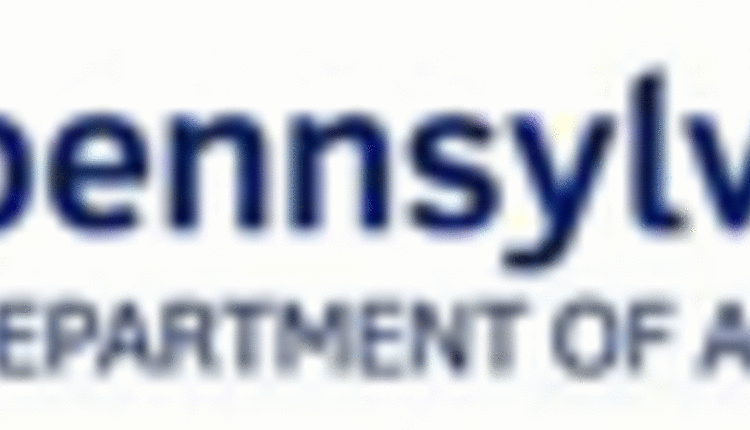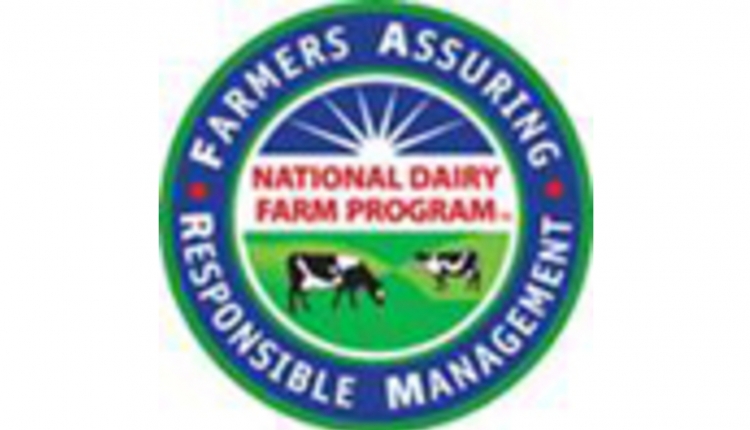
Evaluating your ROI today may save you from worrying in periods of economic stress.
When milk prices drop, it's natural for dairy farmers to want to reduce expenses. The focus is often placed on input costs like an ingredient in the ration. However, looking at the cost alone could be detrimental to your herd, especially during tough economic times. A better strategy is to formulate a ration with ingredients designed to maximize milk production while improving health, allowing you to capitalize ROI for the ration year-round.
"Cutting blindly to save pennies up front can cost dollars in the long run," says Stu Rymph, Ph.D., dairy nutritionist with Purina Animal Nutrition. "Instead, it's important for you and your nutritionist to work together to identify your herd's goals and priorities, evaluate the ration and be practical with the budget."
Every ingredient has a monetary cost, as well as a cost of missed opportunity. Evaluating impacts to milk production, milk quality and animal health can be a better way to gauge an ingredient's value in the ration rather than focusing only on the direct per-cow expense.
"Remember, anything added over time was added for a reason and should have provided a positive return," stresses Rymph. "However, situations change over time. Not every product provides the same return on investment as market conditions change, so it is important to evaluate their impact."
Although it can be difficult to quantify some benefits, like animal health, looking at milk production and its relation to income over feed cost (IOFC) can help measure the ROI on different feed ingredients.

Using a simple chart like the one above to monitor the performance of a ration can make it easier to see a potential bump in milk production from a new additive or ration change. Alternatively, it may also track the potential negative impact on production or components when removing or replacing an ingredient with a less expensive alternative. Rymph reminds customers to include all quality and component premiums in the milk price column to give full credit for changes there. "It is also good to monitor treatment costs, inclusive of labor and medications, as well as vet bills to catch any health-related costs or benefits," says Rymph.
He adds, "What you feed your herd ultimately fuels their milk production and impacts health. Take the time to review the ROI of your ration and work with your nutritionist to make smart feed decisions, benefiting your bottom-line."

To learn more about improving the ROI of your ration contact your Purina Animal Nutrition expert today.
For more information, contact Stu Rymph at sjrymph@landolakes.com or go to: www.purinamills.com/dairy-feed.
For additional information on dairy nutrition and management, sign-up to receive the monthly Purina® HERDSMART® E-Newsletter; a free online tool to improve operational efficiency by visiting: purinaherdsmart.com.
Purina Animal Nutrition LLC (www.purinamills.com) is a national organization serving producers, animal owners and their families through more than 4,700 local cooperatives, independent dealers and other large retailers throughout the United States. Driven by an uncompromising commitment to animal excellence, Purina Animal Nutrition is an industry-leading innovator offering a valued portfolio of complete feeds, supplements, premixes, ingredients and specialty technologies for the livestock and lifestyle animal markets. Headquartered in Shoreview, Minn., Purina Animal Nutrition LLC is a wholly owned subsidiary of Land O'Lakes, Inc.
Because of factors outside of Purina Animal Nutrition LLC's control, individual results to be obtained, including but not limited to: financial performance, animal condition, health or performance cannot be predicted or guaranteed by Purina Animal Nutrition LLC.
5.31.2016








